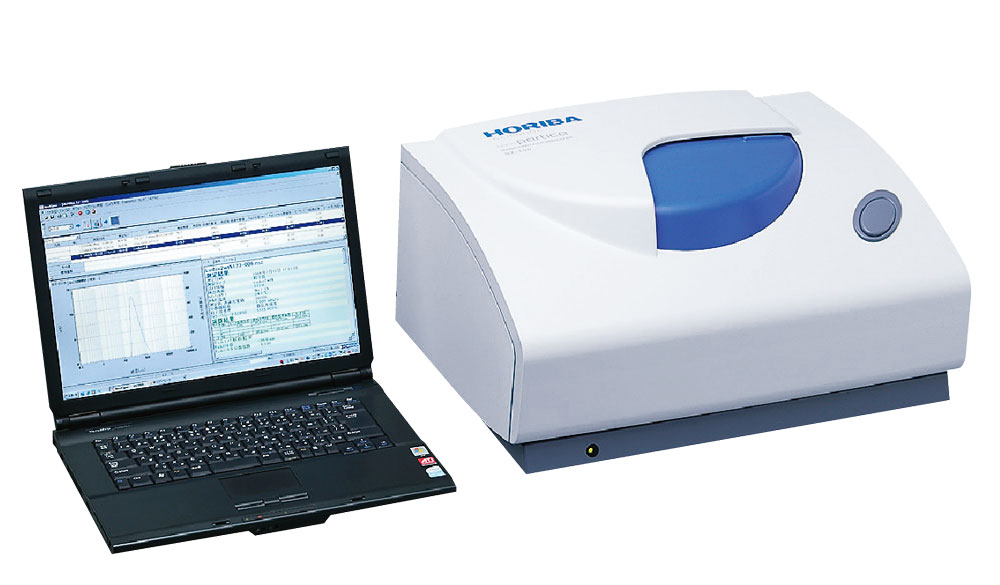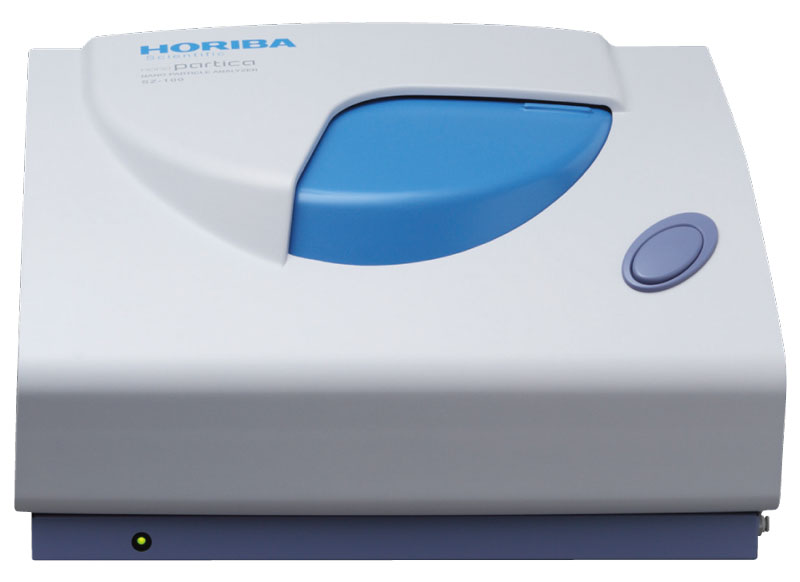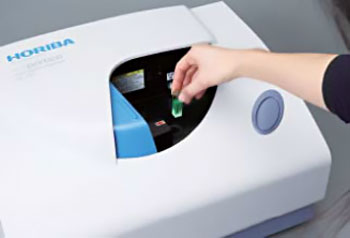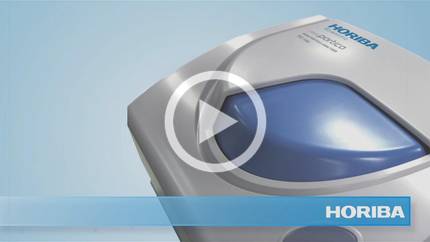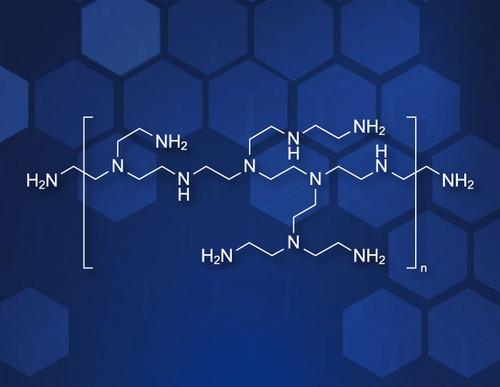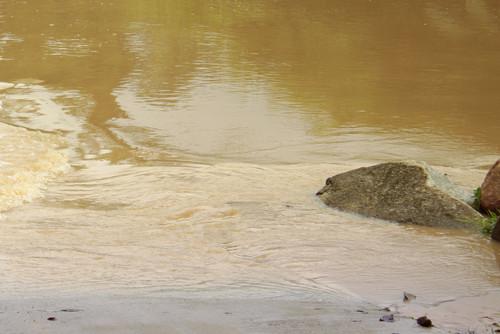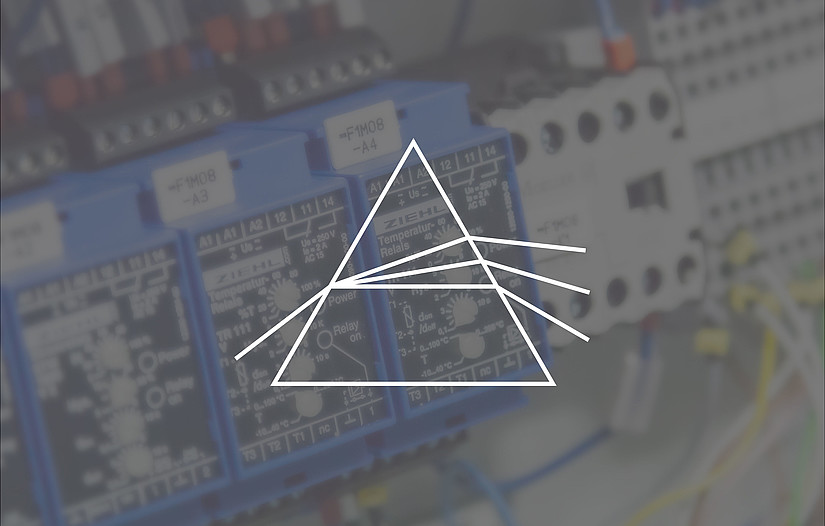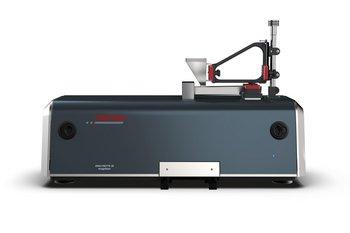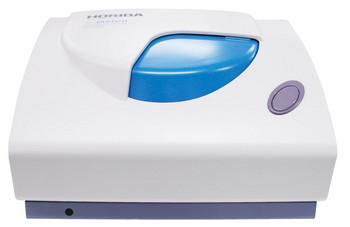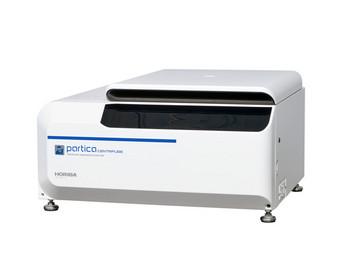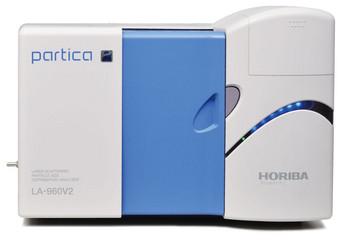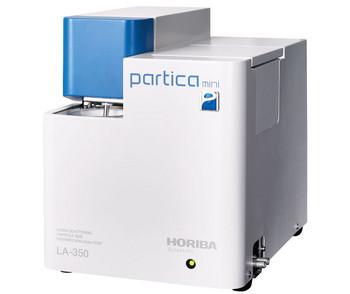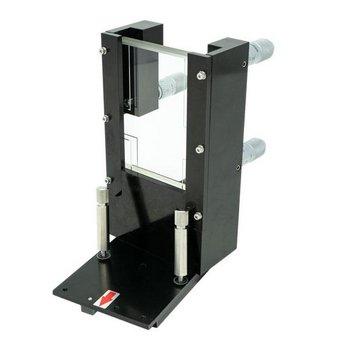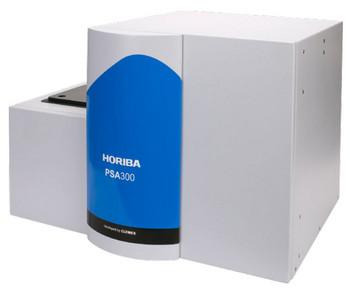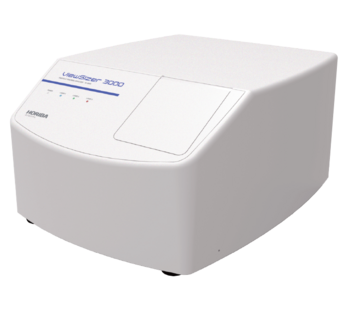
Particle size: Dynamic Light Scattering (DLS) technique |
Measurement range
Measurement Accuracy
Measurement time
Sampling cell
Sampling volume
|
Zeta potential: Laser doppler electrophoresis technique |
Measurement range
Measurement time
Sampling cell
Sampling volume
|
Molecular weight: Static light scattering Debye plot technique |
Measurement Range
Sampling cell
|
Physical |
Power supply: AC 100-240V, 50/60Hz, 150VA Laser: DPSS 532 nm, 10 mW Class I Interface: USB 2.0, between the analyzer and PC External dimensions: 385 (D) x 528 (W) x 273 (H) mm (Except for projections) Mass approx: 25kg Temp control range: 1-90℃ for particle size, 1-70℃ for zeta potential Operating temp and humidity: 15 - 35 ℃, Relative humidity = 85% or less, no condensation Condensation control: Purge port connection available |
Accessories
Particle size cells
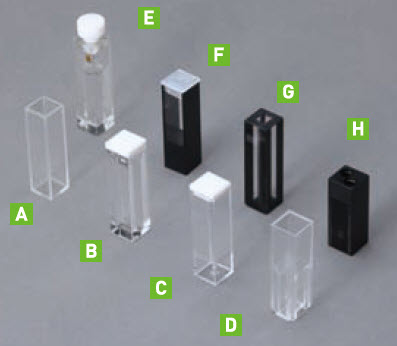
| Cell name | Min volume | Solvent | |
|---|---|---|---|
| A | Disposable cell | 1.2 mL | Aqueous |
| B | Semi-micro cell | 500 µL | Aqueous, non-aqueous |
| C | Glass cell | 1.2 mL | Aqueous, non-aqueous |
| D | Semi-micro disposable cell | 600 µL | Aqueous |
| E | Cell with lid | 1.2 mL | Aqueous, non-aqueous |
| F | Micro cell (90° only) | 12 µL | Aqueous, non-aqueous |
| G | Sub-micro cell | 200 µL | Aqueous, non-aqueous |
| H | Flow cell | 100 µL | Aqueous, non-aqueous |
Zeta potential cells
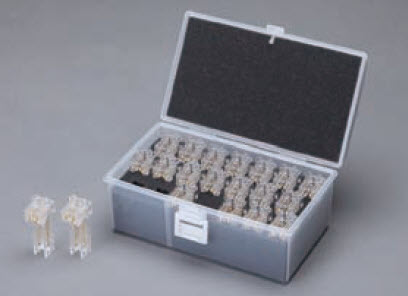
Disposable zeta potential cells for aqueous measurements. Box of 20 Volume = 100 µL
Non-aquoeus zeta potential cell. Volume = 100 µL
 Ce produit a été abandonné et n'est plus disponible. Vous pouvez toujours accéder à cette page à des fins d'information.
Ce produit a été abandonné et n'est plus disponible. Vous pouvez toujours accéder à cette page à des fins d'information.
